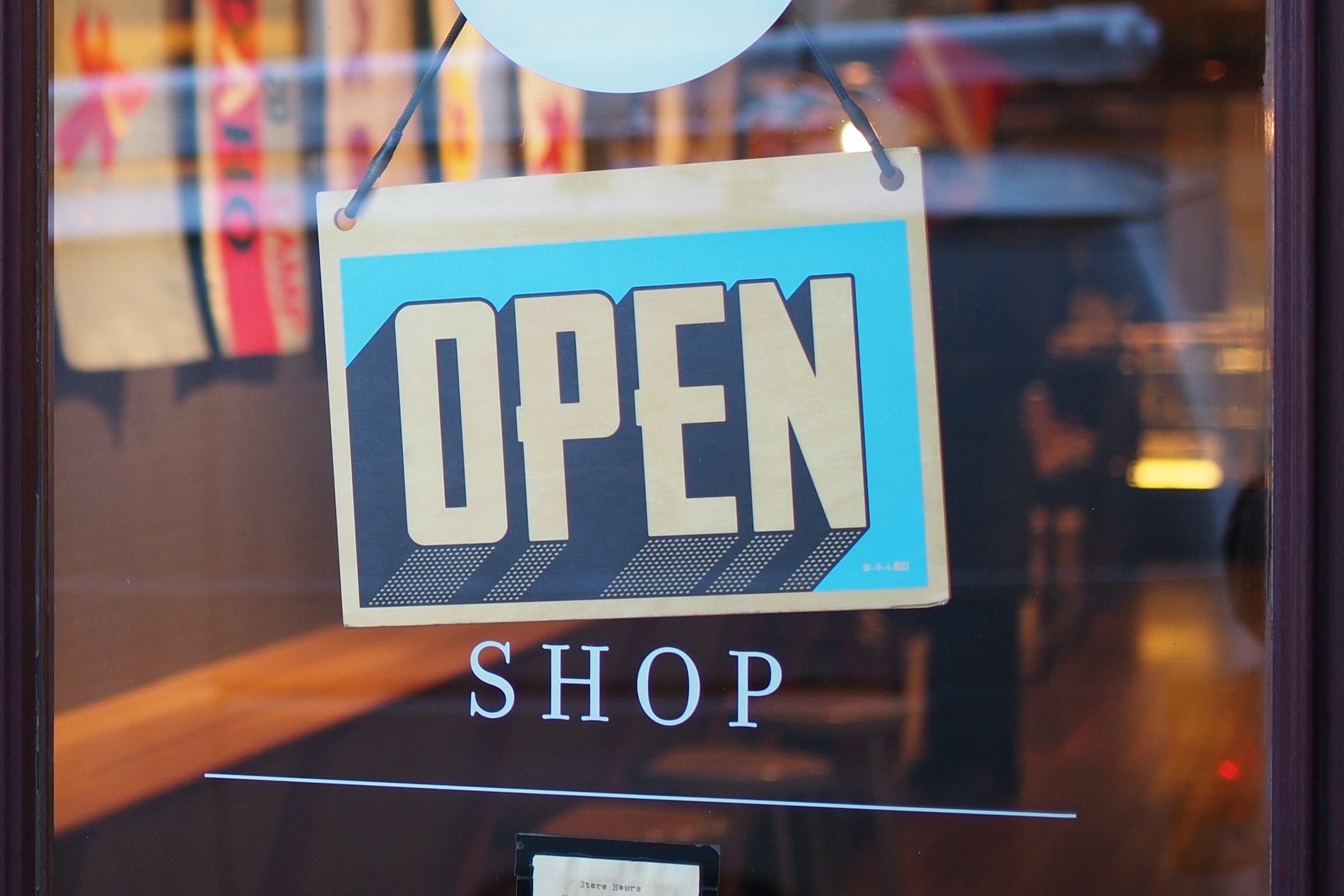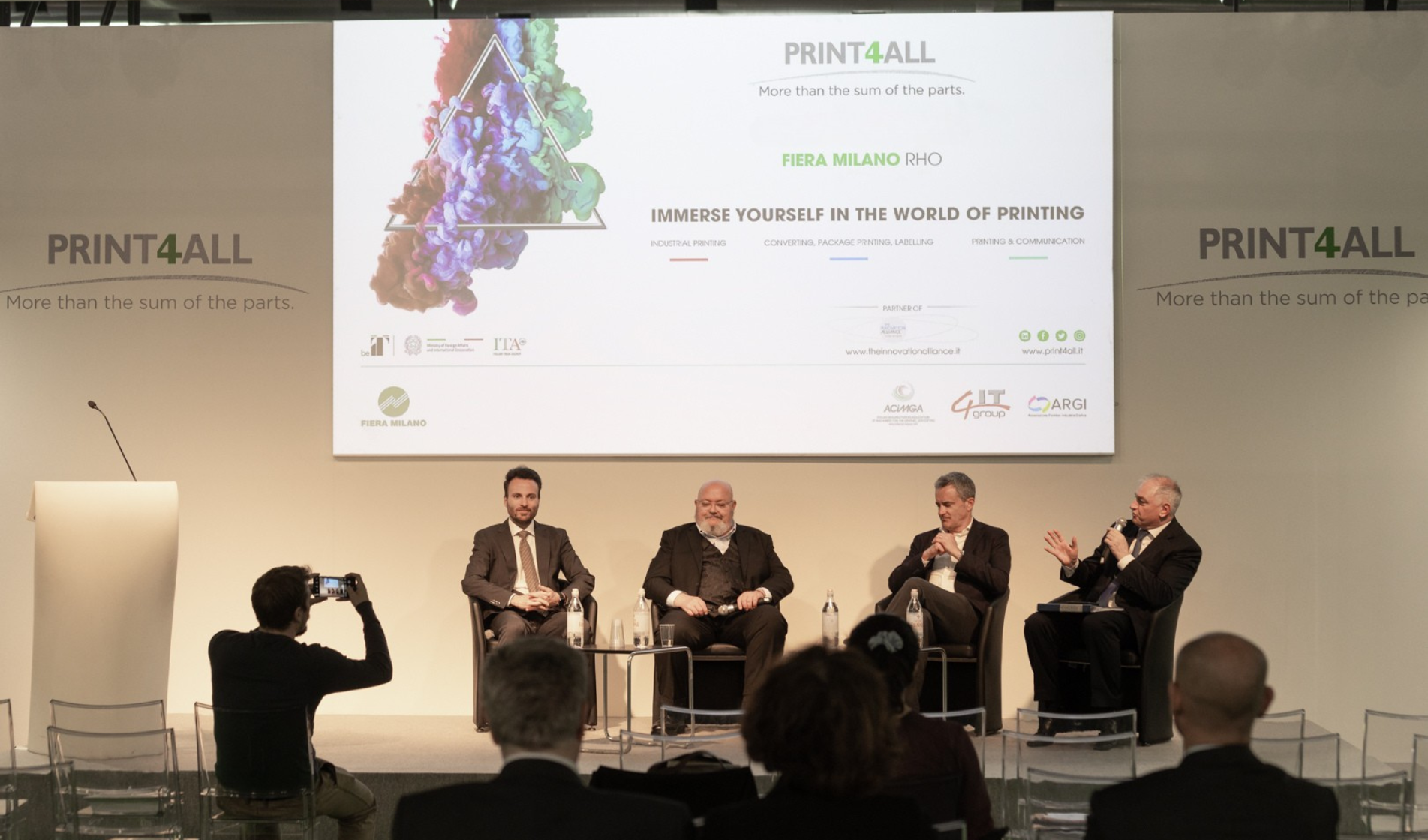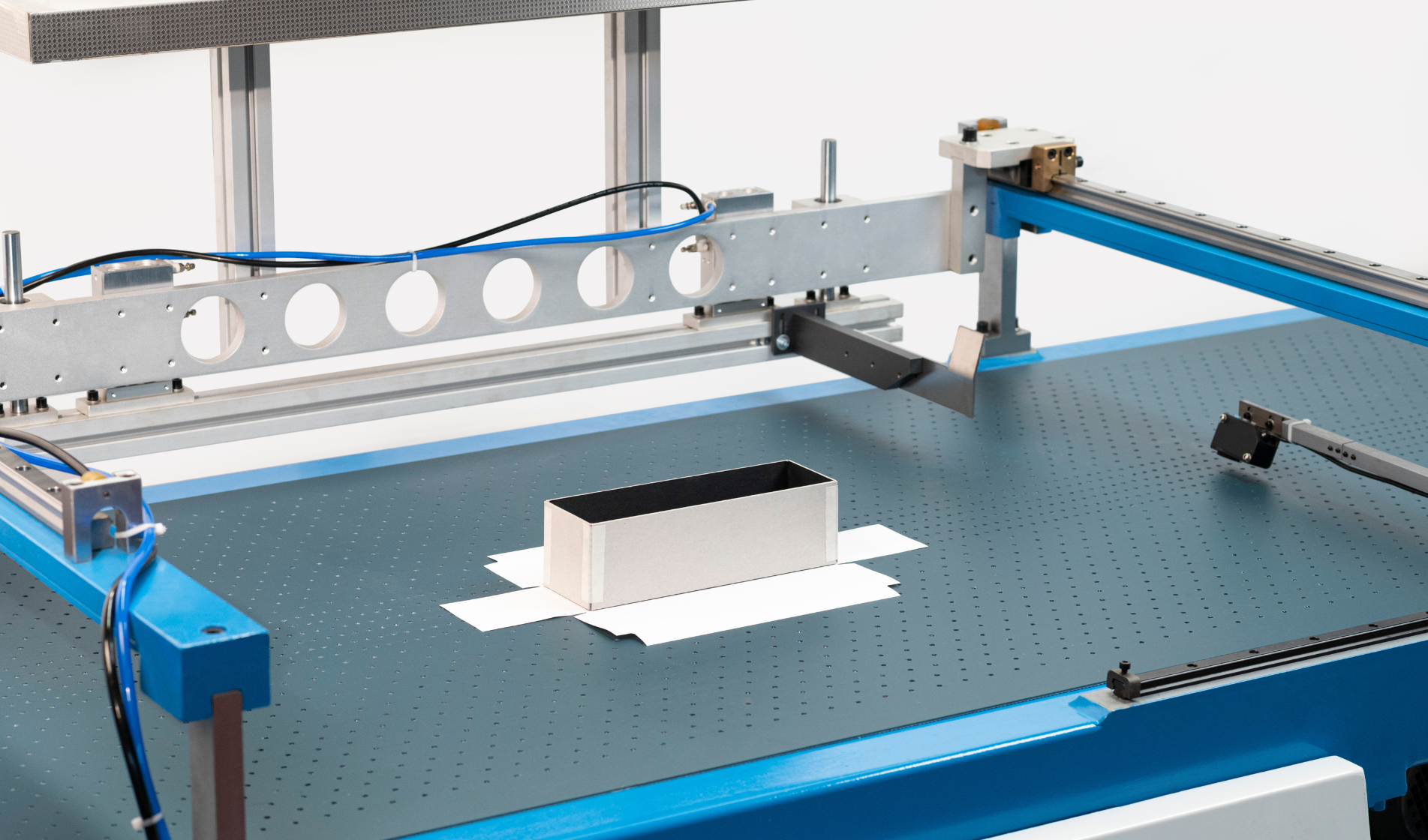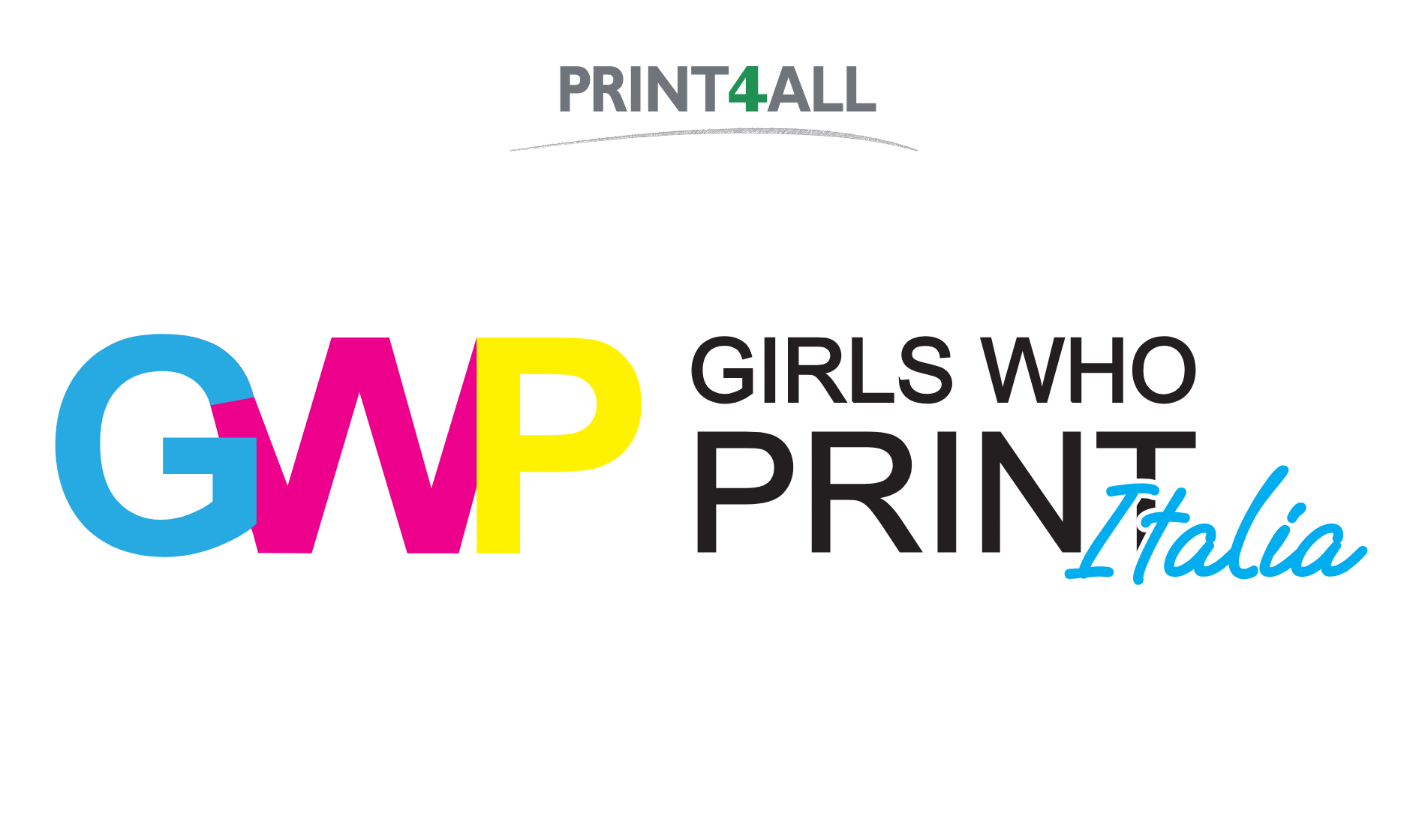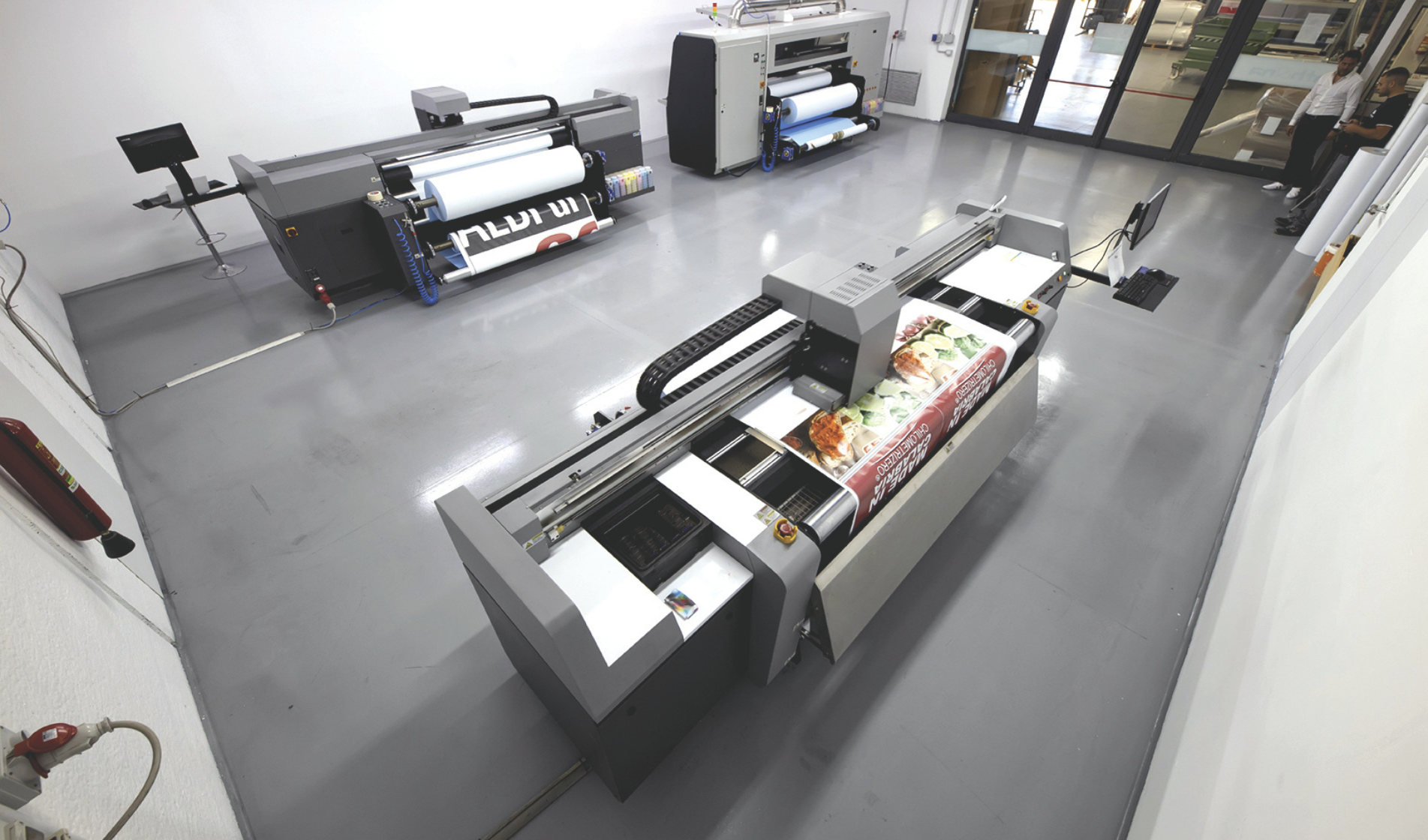Among the most obvious consequences of the pandemic for the consumer sector, there’s the acceleration of a process of digital transformation that had already begun, albeit timidly, in recent years. This change has presented brand owners and retailers with a number of new challenges. There is a growing need to propose sustainable fittings, designed with a view to circular economy. The integration between physical and digital remains a strong point, even if the emergency has made it necessary to reduce the time spent in stores to protect the safety of operators and customers. A survey conducted by Ipsos between January and February 2021 reveals that only 22% (1 out of 5) of the respondents prefer e-commerce; the rest of them are equally divided between those who prefer the physical store and those who put both experiences on an equal footing.
According to the latest report published by Smithers Pira, over the course of the emergency many retailers have upgraded (and in some cases launched) their e-commerce services, investing in the optimization of customer service. E-commerce volumes are up 40% with respect to 2019. Each purchase requires additional packaging and delivery labels, making it necessary to create dedicated packaging. For print service providers, this is a great opportunity to offer high value-added options that, thanks to the use of variable data, can turn any purchase into a personalized user experience. Once the order has been placed, adding the name of the buyer encourages the creation of a personal connection with the brand, replacing the loyalty elements traditionally used in physical stores. A complementary trend to the growth of e-commerce is represented by an always increasing expectation of fast turnaround times, with delivery within 24 hours. This will drive the adoption of agile workflows and of efficient and optimized printing, finishing and logistics systems. An option for retailers might be to install printing and finishing solutions within their distribution centre. Moving production in-house is an option for emerging retailers and smaller stores, which can benefit from increasingly competitive printing solutions. Another effect of the pandemic has been a push for consumers to prefer contactless payments. Previously, the introduction of self-scanning and scan-and-go systems had been welcomed within all major supermarket chains. In the last few months, more and more brands have decided to experiment with these solutions to give a better service to their customers. By integrating mobile apps with their solutions, salespeople are able to provide excellent service by being able to access product information quickly and without scanning difficulties. Despite the need to integrate digital elements, the point of sale remains a physical meeting place, where the choice of the media and of the technologies used to print on them cannot be overlooked. The choice of innovative materials becomes functional to the narrative of the brand, thanks to the use of sustainable supports, but also of maxi screens where not only products but also videos and sensory images can be projected.
In the future, the challenge for traditional stores will be to integrate digitalization in a smart way, while continuing to emphasize the tangible, sensory experiences that print communication can provide.


